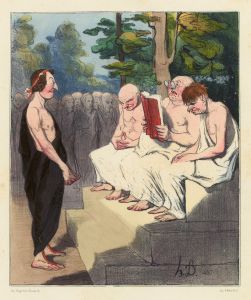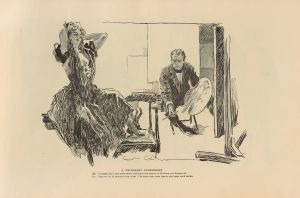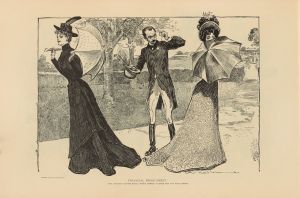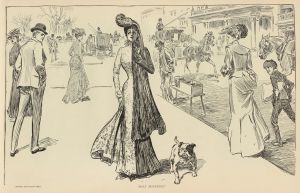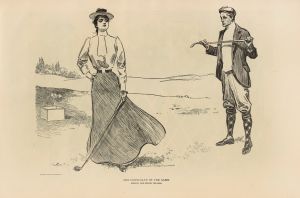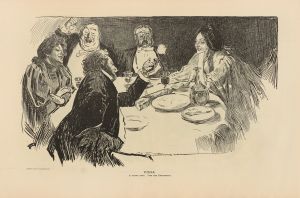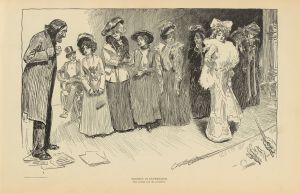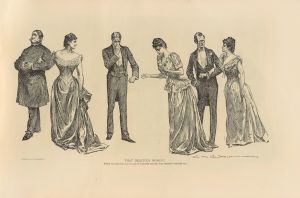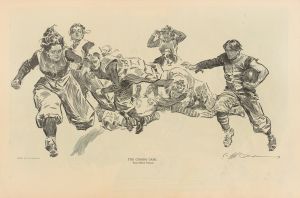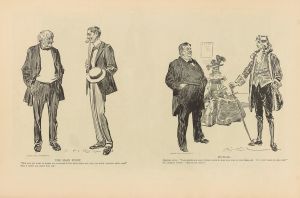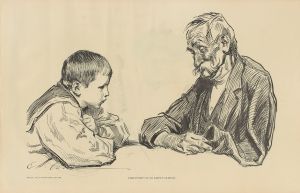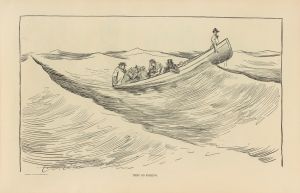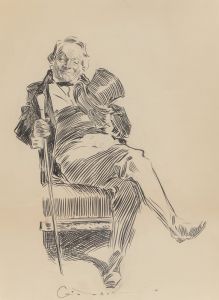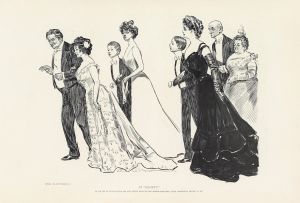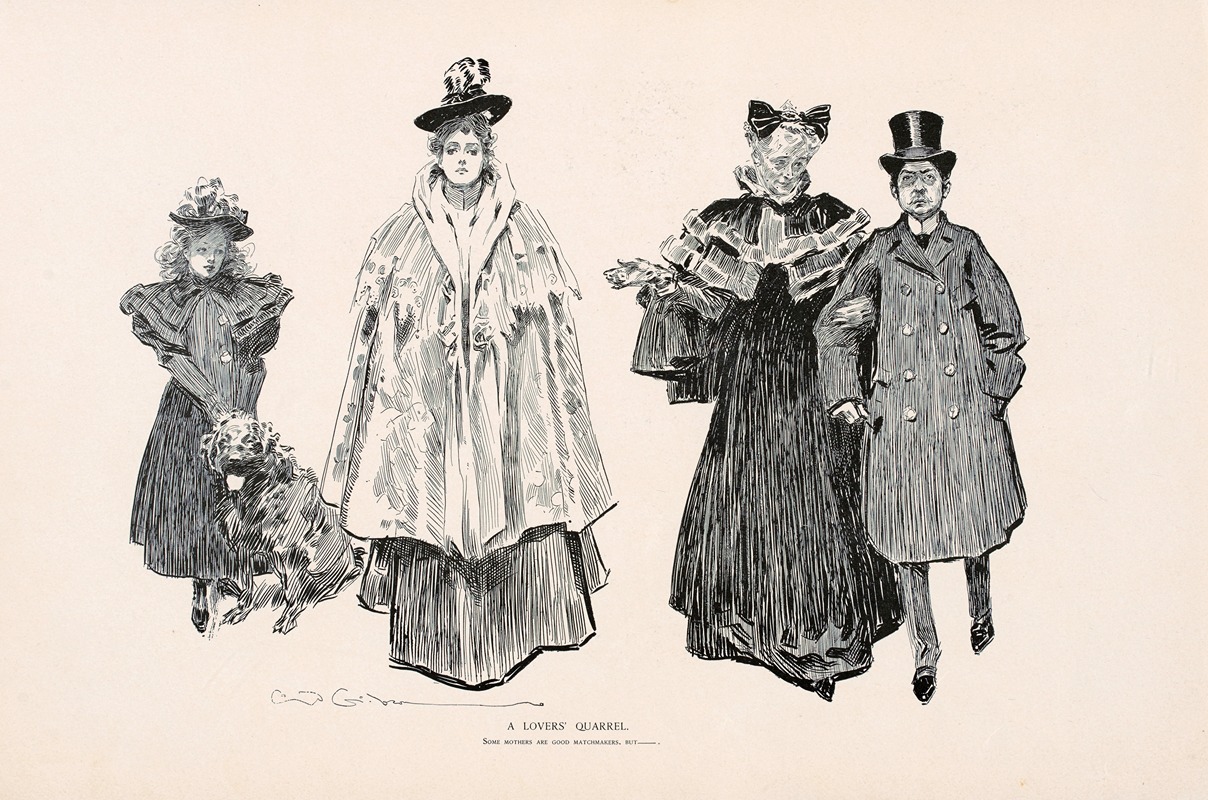
A Lover’s Quarrel
A hand-painted replica of Charles Dana Gibson’s masterpiece A Lover’s Quarrel, meticulously crafted by professional artists to capture the true essence of the original. Each piece is created with museum-quality canvas and rare mineral pigments, carefully painted by experienced artists with delicate brushstrokes and rich, layered colors to perfectly recreate the texture of the original artwork. Unlike machine-printed reproductions, this hand-painted version brings the painting to life, infused with the artist’s emotions and skill in every stroke. Whether for personal collection or home decoration, it instantly elevates the artistic atmosphere of any space.
Charles Dana Gibson was an influential American illustrator best known for his creation of the "Gibson Girl," a representation of the idealized American woman of the late 19th and early 20th centuries. Among his numerous works, "A Lover’s Quarrel" stands out as a notable example of his artistic style and thematic focus.
"A Lover’s Quarrel" is a pen-and-ink drawing that captures a moment of tension between a young couple. The artwork is characteristic of Gibson's ability to convey complex emotions and social situations with minimalistic yet expressive lines. In this piece, the viewer can observe the subtle dynamics of a romantic disagreement, a theme that resonates with the social norms and gender roles of the time.
The composition typically features a young man and woman seated or standing in close proximity, their body language and facial expressions suggesting a recent argument or misunderstanding. Gibson's skillful use of line work and shading brings depth to the characters, allowing viewers to infer the narrative without the need for accompanying text. The woman's posture and expression often reflect a mix of defiance and vulnerability, while the man might appear contemplative or apologetic, capturing the nuanced interplay of emotions that accompany romantic relationships.
Gibson's work, including "A Lover’s Quarrel," was widely published in popular magazines of the era, such as Life, Harper's Weekly, and Scribner's, reaching a broad audience and influencing public perceptions of romance and courtship. His illustrations were not only artistic expressions but also social commentaries, reflecting and shaping the cultural attitudes of the time.
The "Gibson Girl" archetype, which is evident in "A Lover’s Quarrel," represented a new ideal of femininity—independent, confident, and socially active. This figure was both aspirational and reflective of the changing roles of women in society during the Progressive Era. While "A Lover’s Quarrel" focuses on a moment of discord, it also highlights the evolving dynamics between men and women, as the characters navigate their relationship within the constraints and expectations of their social milieu.
Gibson's influence extended beyond illustration; his work played a role in the broader cultural and artistic movements of the early 20th century. His ability to capture the zeitgeist of his time through simple yet powerful imagery has left a lasting legacy in the world of art and illustration.
In summary, "A Lover’s Quarrel" by Charles Dana Gibson is a quintessential example of his illustrative prowess and thematic focus on romantic and social relationships. Through his masterful use of line and composition, Gibson not only entertained but also engaged his audience in a dialogue about the evolving nature of love and gender roles in American society.





